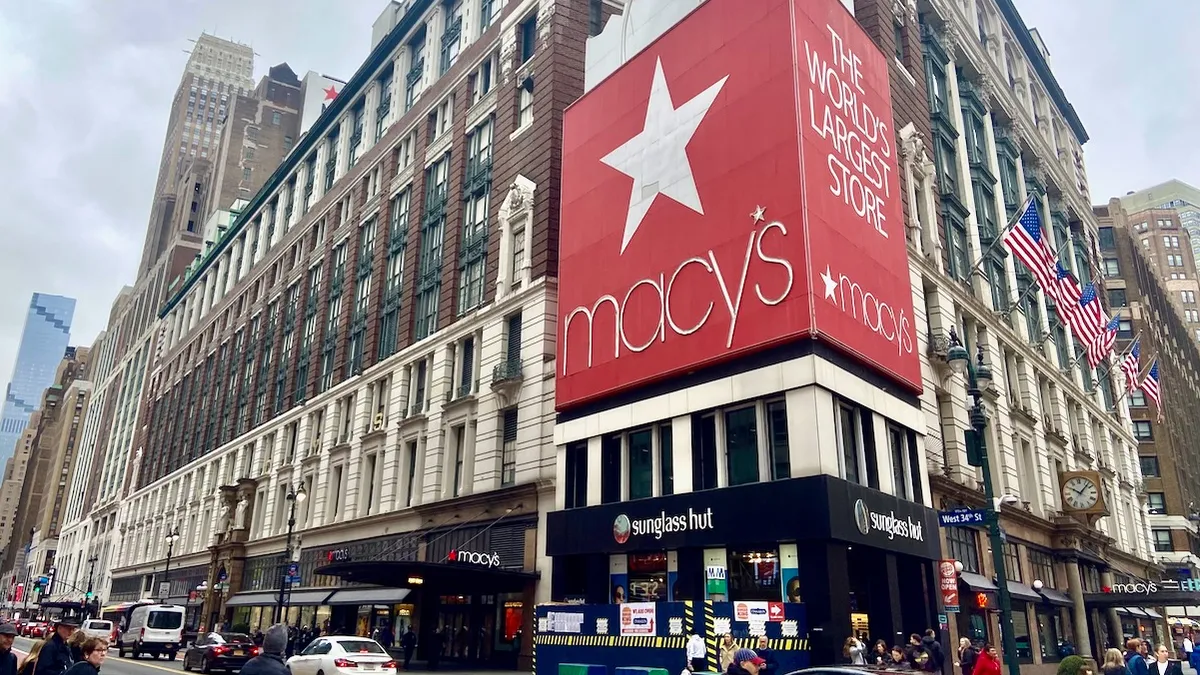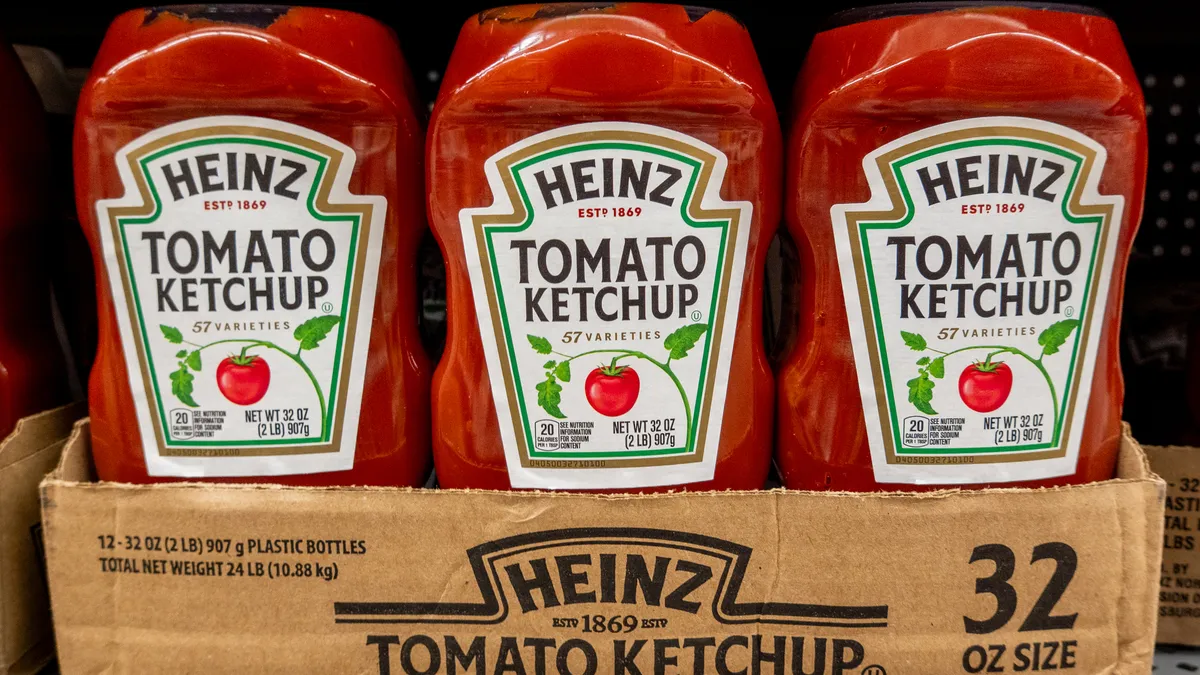It may seem like a contradiction, but an increasing level of virtual procurement and supply management will actually create a more regular level of presence with current and potential suppliers.
Pre-pandemic, I was working with a small company on a strategic sourcing project. I identified two suppliers of interest, one local and one out of the region, and arranged to have qualifying site visits for our engineering team. Visiting the local supplier was a breeze. But the more distant one created financial and timing challenges, and I was asked to find a more local supplier.
When I called the supplier’s CEO to cancel the visit, he told me he recently created and narrated an extensive plant tour video and posted it on the company's YouTube channel. He created a personalized video actually demonstrating the unique assembly technique we were searching for, proving that he understood how his company would meet our technical requirements.
And during each video, his personality, enthusiasm and commitment to the customer came through loud and clear. The actual visit turned into a virtual one, and a prototype order was quickly placed.
We may lament the pandemic restrictions on in-person meetings with suppliers at their sites or ours. But most of our supplier relationships have always been remote. Our day-to-day suppliers often remain somewhat anonymous — relationships framed by the personalities of sales and customer service personnel and a marketing brochure or line card.
Let’s look at four areas to leverage virtual procurement.
Video calls
If the pandemic has any silver lining, it’s the near universal acceptance of the ubiquitous video call.
We have become increasingly comfortable chatting on camera in a variety of locations and faux backgrounds, even with pets and kids entering the field of view. These days, a standard telephone call might even be considered impersonal.
Over a long procurement career, I’ve done business with those I have never met or seen, creating an imaginary mosaic of the person based on voice and mannerisms. With two clicks, we are now face to face, and that makes for a more personal relationship. It is also easy to add others to the call, such as planners, expeditors and customer service reps.
The screen share feature is an excellent way to show a quality defect report or other critical document. And who wouldn’t want to see your sales counterpart’s reaction when you give them a big order? Or, sharing disappointing news about an order delay or cancellation. Some news is just better delivered on video.
Virtual plant tours
I have always been suspect of marketing brochures that showed a gleaming manufacturing floor, uniformed employees and a warehouse with nothing out of place.
Often when I visited the supplier, I discovered that the place looked nothing like the pictures. That is, if I visited. Time constraints and budgets often derailed the most important of visits.
These days, I can virtually tour almost any manufacturing facility or distribution center via video. I can tailor the tour to include areas important to me or my fellow virtual visitors, such as housekeeping, equipment calibration and manufacturing processes. I can also choose to see a series of digital pictures or even a professional 3D tour, perhaps narrated on a video call.
Virtual supplier visits, if done properly, save time and money for the buyer and supplier.
Digital problem solving
"Can you send me a picture?" The cameras in our pockets potentially offer the greatest opportunity to solve problems and communicate with suppliers in a real time environment.
Manufacturing defects, paperwork snafus, process issues and product sourcing activities work best with pictures. And while the increased use of digital imagery predated the pandemic, its use has expanded.
A video call between engineers and operations, with a defective part as the guest of honor, will collapse time and distance, save money, and create immediacy in improving product quality.
Not-so virtual negotiations
A well-organized buyer, with clear requirements, responsive suppliers and access to a standard suite of digital tools can negotiate effectively, efficiently, and virtually. We already do. Quite few, if any, of our negotiations with suppliers are done face to face. Ordinary requests for quotation can still be forwarded by the traditional methods of telephone, email, spreadsheet or through online platforms.
Ongoing negotiations with current suppliers are most likely not one-off events, but part of a larger approach to supplier performance. The use of virtual tools creates deeper relationships that improve the negotiation process. We can speak face to face during the negotiation process, even reading facial expressions and body language of those in the meeting.
It is anyone’s guess what the "new normal" looks like in procurement. There will certainly be days ahead where we can comfortably visit suppliers and host them as well. Today’s virtual procurement experience may be one born out of need, but it looks to stay as an important tool in our post-pandemic supply management toolbox.
This story was first published in our weekly newsletter, Supply Chain Dive: Procurement. Sign up here.




















